Top 10 Discoveries Made in the Unlikeliest Ways
It makes sense that if you lose anything, it will be in the last place you looked because you won't keep looking in other places. But that's just something you ... read more...misplaced. There is no end to where you can look when it comes to learning something new. There are moments when everything makes sense, but other times, new things are found in the strangest locations and ways.
-
Have you ever heard a tale of a person who vanished and then shown up years later? Although it's uncommon, it does occasionally happen. Sometimes a person runs away and disappears, while other times they stage their own demise. Amnesia may even play a role occasionally. Whatever the cause, it always makes a dramatic return. Imagine it multiplied by 66 million. That is the tale of the coelacanth, a fish thought to have perished 66 million years ago but recently found alive and well on a fishing boat.
Fossils of coelacanths go back more than 410 million years. They appeared to have reached their natural end 66 million years ago, because, let's be honest, 344 million years is a tremendous amount of time. In 1938, the curator of a South African natural history museum received a call informing her that a fishing trawler had arrived with a cargo of fish that she might be interested in sorting through for unique specimens. She looked, and there, five feet long and unlike anything she or the fishermen had ever seen, was an odd blue-finned creature.
The curator attempted to contact a fish expert to examine the specimen, but communication was delayed, and it took him almost two weeks to hear from her. When he did, he was so thrilled that he offered to search the dump for the fish's guts, which had already been thrown away by that point.
Of course, the coelacanth ended up being the fish. More specimens have been found since the first finding, but not in significant numbers. Only 84 had been caught by 1975. However, that's still a significant amount for a fish that was predicted to have disappeared before the T. Rex.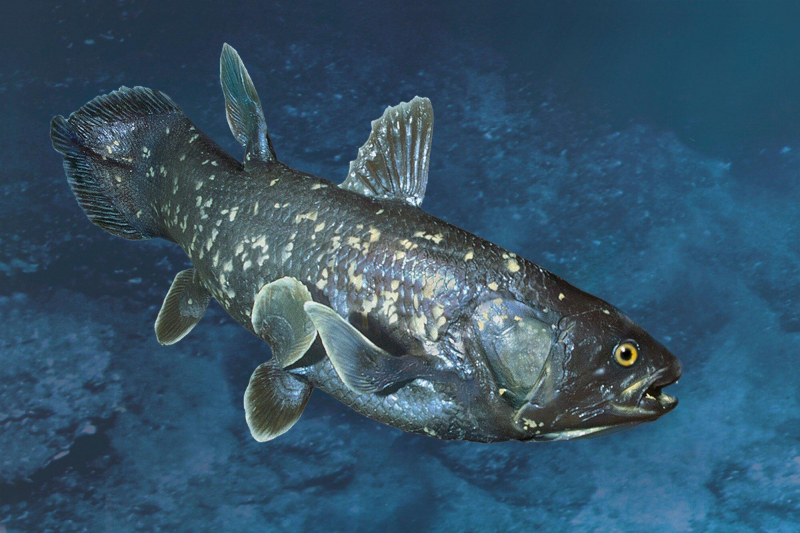
https://ca.news.yahoo.com/ 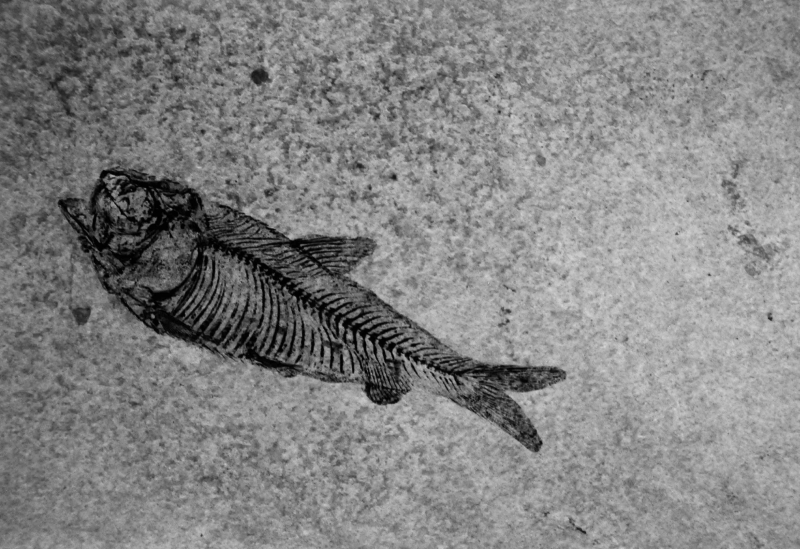
https://www.ciphercoal.com/ -
Religious artifact hunting has a long history and is especially prevalent in popular culture today. Without the Holy Grail or the Ark of the Covenant, where would Indiana Jones be today? The discovery of the Tomb of St. Monica was less daring but no less amazing, and Harrison Ford was not present.
A pair of boys who wanted to play football, or soccer to our American readers, decided to dig a hole for a goal post outside the town of Ostia Antica. In any case, they did discover a stone with Monica's funeral inscription on it. In a barren field, the youngsters had found the saint's long-lost grave.

https://blogs.stthomas.edu/ 
https://www.pinterest.com/ -
People claim that graphene is the "wonder material of the future" and that it has the potential to fundamentally alter society. The strength and electrical characteristics of this single layer of carbon atoms have the potential to revolutionize a wide range of industries. And to think that a man tinkering with tape led to the accidental discovery of this wonder material.
In order to separate graphene from graphite, often known as pencil lead, Andre Geim and Konstantin Novoselov, who shared the physics Nobel Prize, tore off a layer with some tape. They did it several times, removing layers of carbon until they were down to a very thin layer that allowed them to isolate that graphene layer made of a single atom.

http://www.hobbycraft.co.uk 
https://www.winc.com.au/ -
There are about 300 different octopus species in the world, some of which are less well-known than others. At least the females of the rare blanket octopus were found in the 1800s, but it wasn't until 2002 that we finally located the males. How is it possible that males of a known species went so long without being found? Where did we at last find them? They were never hidden, it turns out. They were discovered there in front of us.
The blanket octopus female can grow to be quite large. They get their name from the fact that they can grow to lengths of two meters, or about six feet, and resemble living blankets floating through the water. And a man? They have a length of about 2.4 millimeters. A female can weigh up to 40,000 times more than a male. Thus, the reason we had never seen a male before was that they were simply too diminutive, and scientists had never before observed a size disparity between sexes that was so stark. Yes, our thoughts immediately turned to the idea of what reproduction may look like, but we're not sure whether we want to dwell on that idea.
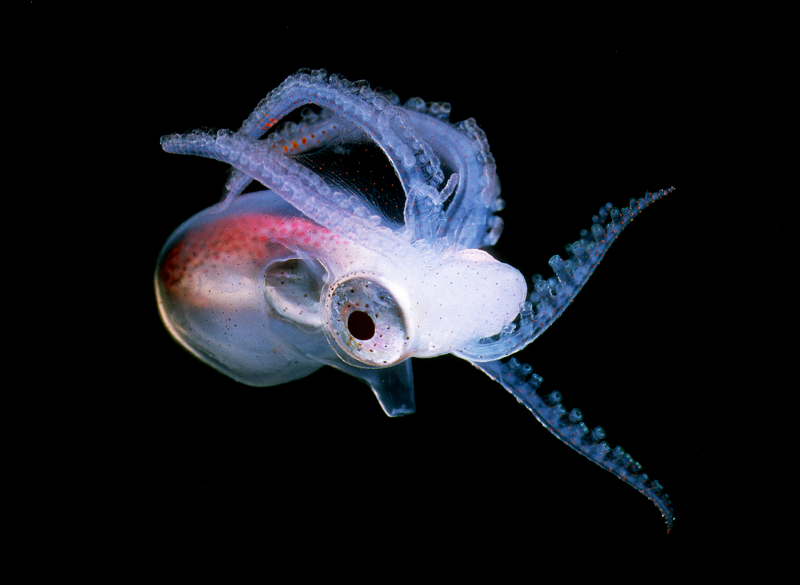
https://www.wired.com/ 
https://www.barrierreef.org/ -
Imagine yourself as a traditional alchemist who has no real understanding of how the cosmos functions. However, you sure do adore gold. You need a fresh strategy because trying to turn lead into gold hasn't been successful thus far. What might include gold that resembles gold? You would have been right at home in the late 1600s if you had spoken urine.
Hennig Brand allegedly had 1,500 gallons of urine on hand and was trying to distill gold out of it. It must have produced just a remarkable odor in his home, where he was working, to evaporate it down to the "consistency of honey," in accordance with his own process. Despite boiling copious amounts of pee, he was unable to find any gold, but he did discover a waxy material that oddly shone in the dark. Brand had made phosphorous his own.

http://www.theodoregray.com/ 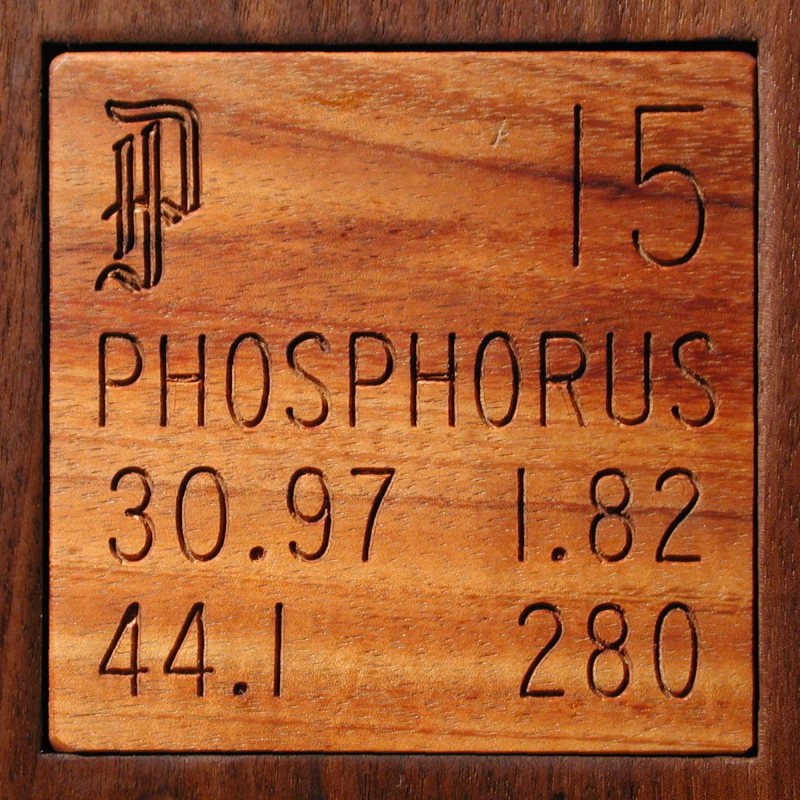
https://nonmetalsperiodictable.wordpress.com -
Although it is a fairly well-known fact that eBay was founded so that the founder's wife could better organize her collection of Beanie Babies, Beanie Babies are by no means the only extremely rare items to have found their way onto the online auction site. One of the samples that stood out the most was a kind of sea urchin that had never been found previously.
Simon Coppard of the Natural History Museum's International Commission on Zoological Nomenclature gave the tiny, vibrant urchin the name Coelopleurus exquisitus. He frequently receives emails with images from people who have found sea urchins and are curious about them.But the eBay find was the first time he had ever discovered a completely new species and gotten to name it. However, given that 15,000 new organisms are discovered each year, there is always a chance that he or anyone else will discover something novel, even if it isn't on eBay.
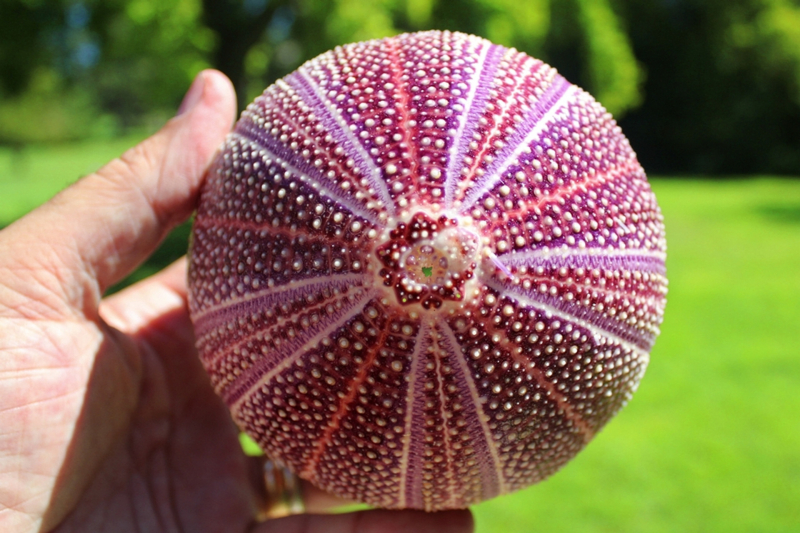
https://buytheseaonline.com/ 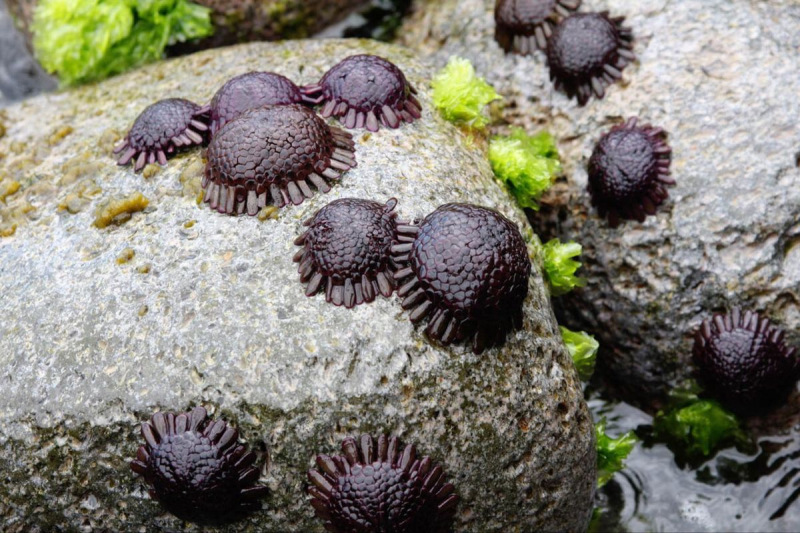
https://www.pinterest.com/ -
Discovering a new place is one of life's great minor pleasures. a hip club, a fantastic new restaurant, and even a tiny waterfall tucked away in the forest. But when we use the word "new," we usually refer to a location that we have never been personally, not a location that has never been visited before by anyone. The world has already been explored in every corner, right? Well, perhaps not. For instance, it took until 2005 for outsiders to find Mozambique's Mount Mabu, which is totally covered in a rainforest. And Google Earth was the sole tool that helped find it.
The vast 27 square miles of the rainforest made it a significant piece of land that had been overlooked for so long. The mountain and the rainforest were undoubtedly widely known to the people, but scientists and geographers had no notion whatsoever. Due to the region's history of conflict and near total isolation, few outsiders have ventured there.
Only because Julian Bayliss, a biologist, was specifically searching for uncharted territory on Google Earth, did he find it. The forest and the mountain were unmapped and undocumented, resembling some sort of geographical unicorn.
https://br.pinterest.com/ 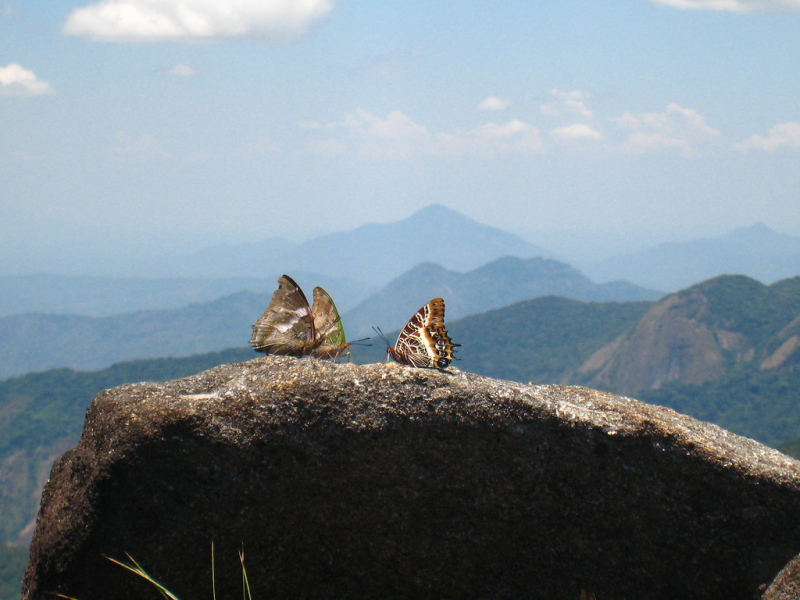
http://julianbayliss.co.uk/ -
Even if the majority of us aren't very interested in rocks, learning about the oldest rock ever does pique our curiosity. Given that the Earth is just 4.5 billion years old, a rock that is four billion years old sounds fairly amazing.
Since rock makes up the majority of the planet, a rock with such a large age might theoretically originate from anyplace. Despite this, the oldest rock in the world actually has a fascinating origin story because it was not discovered on or even on the planet. It originated on the moon.
A little two-centimeter-long chip of rock that was embedded in a bigger boulder was one of the moon rock samples collected during the Apollo 14 mission. According to studies, the object was created here on Earth, not on the moon, four billion years ago. Quartz, zircon, and other minerals found in its makeup allow scientists to scientifically determine that it originated here as opposed to there.It would have been launched into space and crashed against the moon if an asteroid had struck the Earth. Given its presence, it is likely that some of the craters and pockmarks on the moon's surface were created by rocks that originated on Earth, and there may be a significant number of more Earth rocks up there.
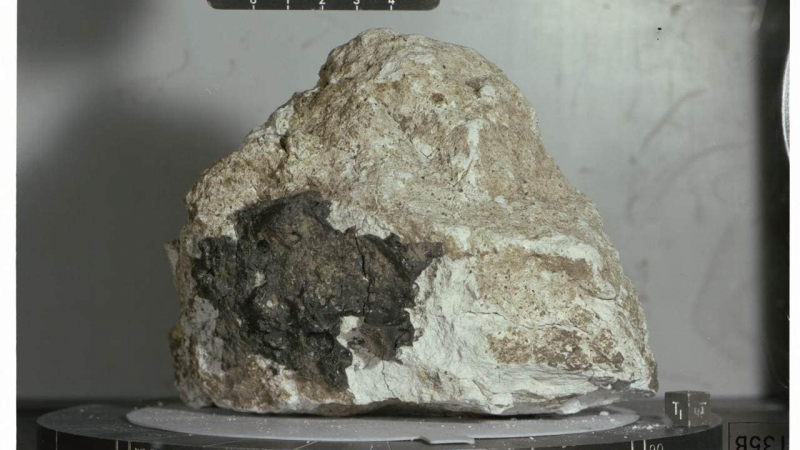
https://www.firstpost.com/ 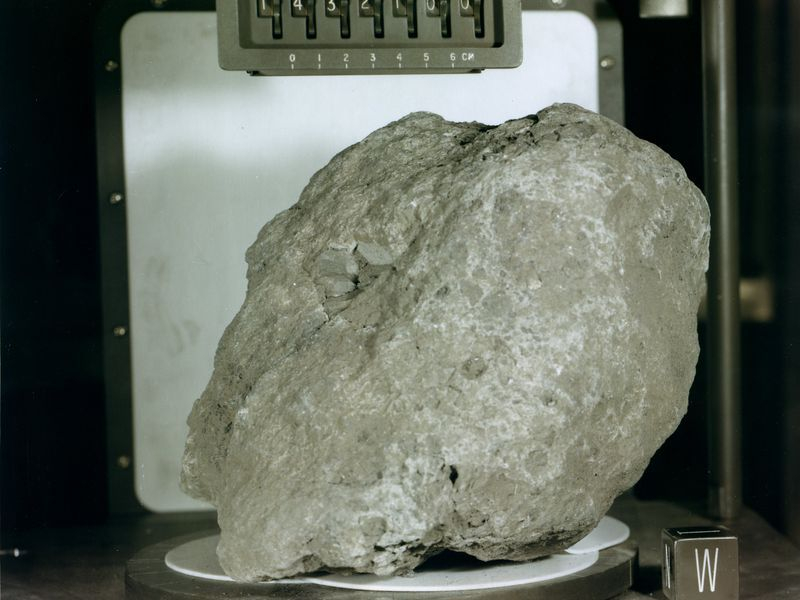
https://www.neatorama.com -
Invasive species can pose a very serious threat. Just consider what rabbits accomplished in Australia. If even a rumor of a Giant African Land Snail in the vicinity is spread, Florida towns will be put on lockdown. Additionally, a kind of cloned crayfish is presently proliferating throughout Africa and Europe.
For other creatures, the fact that the marbled crayfish are all females would be an issue, but not for these crustaceans. They are able to clone themselves and reproduce asexually, and they do so very frequently. Their propensity to reproduce has led to direct comparisons to the Star Trek Tribbles. In actuality, one crayfish can multiply to 300 in three months. In actuality, one crayfish can multiply to 300 in three months. It is simple to understand why they have multiplied as a result, spreading throughout the continent and into Africa. So, from where do they originate?
Amazingly, a German pet shop is where the entire species was discovered. One of the Texas crawfish available at the store was a mutant and a total fluke. It then gave birth. They spread like wildfire after being bought as pets and released into the wild. It is the only species of crab that can reproduce asexually. To cover Europe and reach another continent, it took them 25 years.
It's important to note that they are already available in North America. They are present in Japan, Madagascar, and Canada, and it is unknown how widespread they will become or whether any part of the earth will be immune.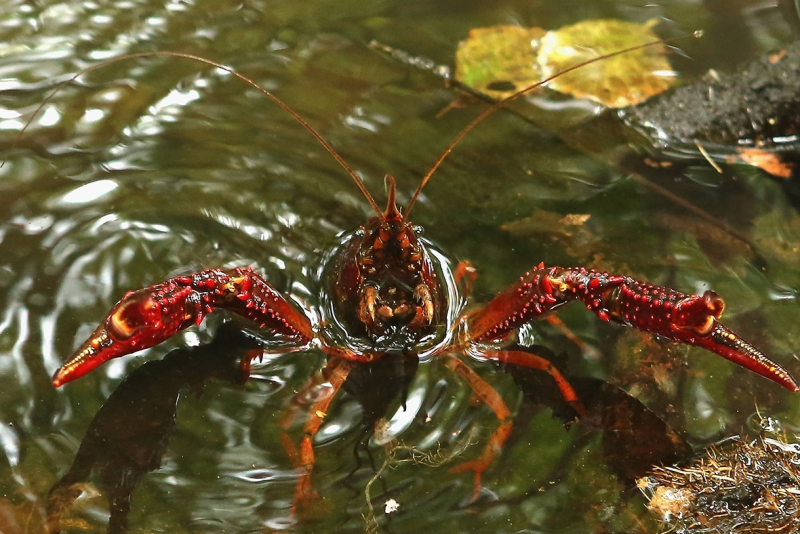
https://www.ibtimes.co.uk/ 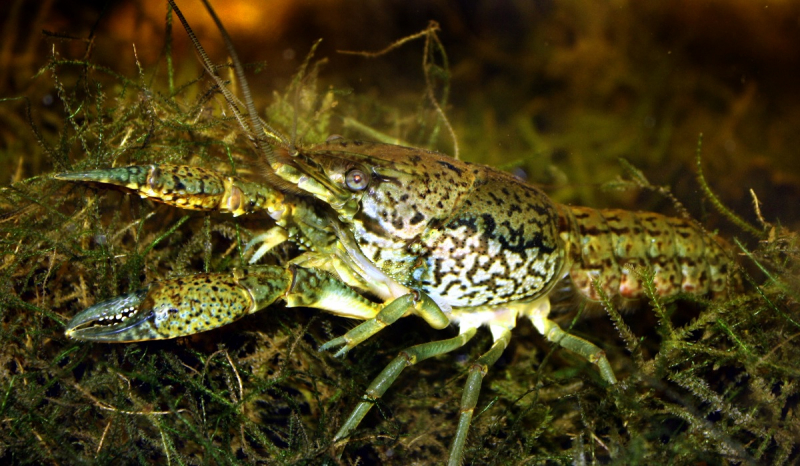
https://factsd.com -
These days, because of botox, botulism has an abnormally widespread prevalence. Because it seems so commonplace, the full impact of how toxic it is lost. However, the truth is that the world's most poisonous chemical is actually botulism. A human can be killed by just one nanogram per kilogram.
Every person in the planet might be killed in one pint. Botulism should probably terrify more people than it does, but fortunately we live in a time when it's relatively uncommon. It can be spread by improperly canning or bottling food. In America, only about 110 people are impacted annually.
It is startling to realize that something, so lethal wasn't discovered in a lab or even in a scientific manner at all. In certain sausages, it was first found in Europe in 1735. The word "botulus," which literally means sausage in Latin, is the source of the name.

https://foodyoushouldtry.com/ 
http://www.huffingtonpost.co.uk/































